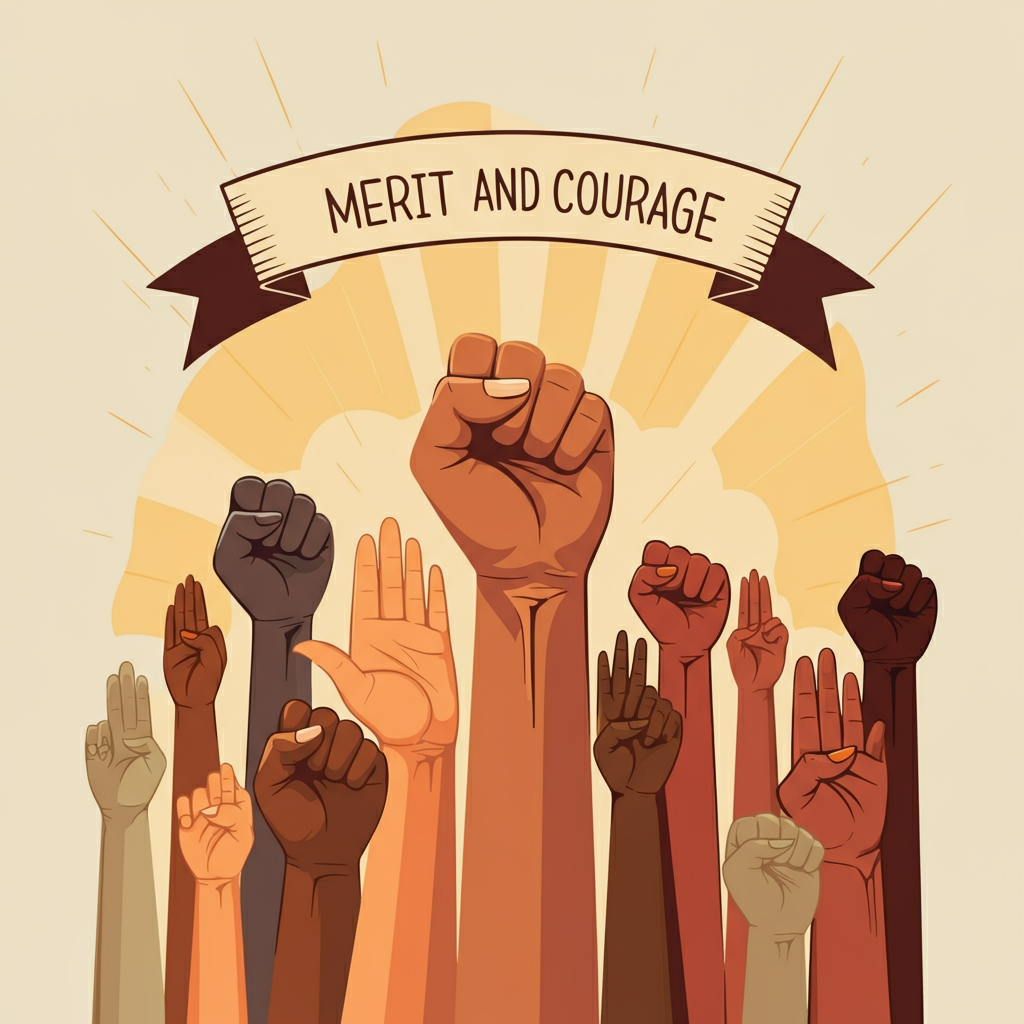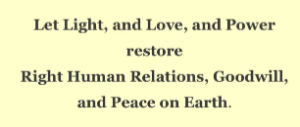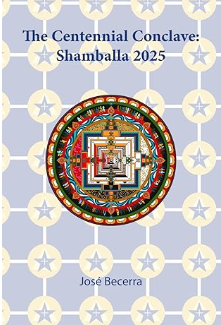
“Character” and “decency” emerged as the defining themes in the eulogies for Jimmy Carter, standing as a testament to a once-prevailing standard in American politics. Carter’s life, marked by integrity and service, reflects an era when public trust relied on the moral fiber of its leaders. This reverence for ethical leadership contrasts starkly with the election of the first convicted felon to the presidency—a moment signaling an extraordinary shift. It marks the fading of a political tradition where lawfulness and accountability were bedrock principles.
Carter’s presidency (1977-1981), though fraught with challenges such as the Iran hostage crisis and economic struggles, was rooted in a deep commitment to moral and ethical leadership. He prioritized human rights on the global stage, making it a centerpiece of U.S. foreign policy, and brokered the landmark Camp David Accords, securing a historic peace agreement between Israel and Egypt. At home, his administration emphasized energy independence, laying the groundwork for renewable energy initiatives in response to the oil crises of the 1970s.
Carter’s post-presidency only magnified his legacy. He became a tireless humanitarian advocate, working through The Carter Center to combat diseases, promote free elections, and champion global peace. His life was an embodiment of service and humility, earning him the Nobel Peace Prize in 2002 for decades of dedication to improving humanity.
This legacy of ethical and service-oriented leadership starkly contrasts with the election of the first convicted felon to the U.S. presidency—a moment that signals a monumental shift in the nation’s political character. Carter represented an era where integrity, humility, and a sense of global responsibility defined leadership. The current political landscape, however, raises profound questions about how much these values still resonate in the evolving narrative of American democracy. What does leadership mean when the qualities that once defined it—honesty, lawfulness, and decency—no longer hold sway?
A Century in Four Quarters: 1925–2025
The last hundred years have been a period of remarkable transformation, marked by profound crises, unparalleled advancements, and sweeping cultural shifts. In general terms,
- 1925–1950: Radio broadcasting and the Lost Generation writers. The Great Depression and the New Deal, the Spanish Civil War —a precursor to World War II, the Holocaust and the atomic bombings of Hiroshima and Nagasaki— and the founding of the United Nations.
- 1950–1975: Television. The Cold War (and the Space Race) pitted capitalist democracies against communist regimes while significant social movements (civil rights, decolonization) began to challenge existing power structures (1960s sexual revolution).
- 1975–2000: Music TV and the New Hollywood. Rise of environmental awareness, the end of the Cold War (fall of the Berlin Wall and dissolution of the Soviet Union), digital revolution (personal computers, the WWW, cell phones), and the accelerating pace of globalization (world trade, global pop culture).
- 2000–2025: Smartphones, social media and artificial intelligence. September 11, 2001, the 2008 financial crisis, climate crises and the COVID-19 pandemic laid bare the interconnectedness and vulnerability of modern society.
The Lost Generation
- Ernest Hemingway: Known for his terse prose and themes of heroism and masculinity, Hemingway’s works like “A Farewell to Arms” and “The Sun Also Rises” capture the disillusionment of the post-war era.
- F. Scott Fitzgerald: His novel “The Great Gatsby” is a quintessential depiction of the Jazz Age and critiques the American Dream.
- Gertrude Stein: An influential figure in the Paris literary scene, she coined the term “Lost Generation” and was a mentor to many writers of the time.
- T.S. Eliot: Although primarily a poet, his works like “The Waste Land” reflect the fragmentation and despair of the post-war world.
These writers often lived as expatriates in Paris, where they found a vibrant cultural scene that contrasted with the conservative values of post WW-I America. Their works continue to be celebrated for their exploration of themes like identity, alienation, and the search for meaning in a rapidly changing world.
Hollywood
- Early Beginnings (1900s-1920s): Hollywood began as a small agricultural community in Los Angeles. The film industry started to move there in the early 1900s to take advantage of the favorable weather and diverse landscapes. By the 1920s, Hollywood had become the center of the American film industry, with major studios like Paramount, Warner Bros., and Universal establishing themselves.
- Golden Age (1930s-1940s): This era is marked by the dominance of the studio system, where major studios controlled all aspects of film production and distribution. Iconic films like “Gone with the Wind” and “Casablanca” were produced, and stars like Clark Gable and Katharine Hepburn became household names. The introduction of sound in films, or “talkies,” revolutionized the industry.
- Post-War Changes (1950s-1960s): The post-war era saw the decline of the studio system due to antitrust laws and the rise of television, which competed for audiences. Hollywood responded by producing more epic films and experimenting with new technologies like Cinemascope and Technicolor. This period also saw the emergence of new genres and more diverse storytelling.
- New Hollywood (1970s-1980s): A new generation of filmmakers, including Steven Spielberg, George Lucas, and Martin Scorsese, emerged, bringing fresh perspectives and innovative techniques. Blockbusters like “Jaws” and “Star Wars” redefined commercial cinema, focusing on high-concept films with mass appeal.
- Modern Era (1990s-Present): The rise of digital technology transformed filmmaking, with CGI and special effects becoming integral to blockbuster films. The industry has also seen significant changes with the advent of streaming services, altering how films are distributed and consumed. Hollywood continues to be a major cultural force, producing content that reaches global audiences.
Throughout its history, Hollywood has been a reflection of societal changes, adapting to new technologies and audience preferences while continuing to shape global culture through its storytelling.
U.S. Presidents
- Herbert Hoover (1929-1933): His presidency was marked by the onset of the Great Depression.
- Franklin D. Roosevelt (1933-1945): Elected to four terms, he led the country through the Great Depression and most of World War II. The New Deal.
- Harry S. Truman (1945-1953): Took office after FDR’s death and was elected for a full term in 1948.
- Dwight D. Eisenhower (1953-1961): A former WWII general, he served two terms during a period of economic prosperity.
- John F. Kennedy (1961-1963): Assassinated in 1963, his presidency is noted for the Cuban Missile Crisis and the space race.
- Lyndon B. Johnson (1963-1969): Took office after Kennedy’s assassination and was elected for a full term in 1964. Civil rights legislation.
- Richard Nixon (1969-1974): Resigned due to the Watergate scandal.
- Gerald Ford (1974-1977): Took office after Nixon’s resignation.
- Jimmy Carter (1977-1981): His presidency focused on human rights and energy policy. A point of inflection in the 1925-2025 century. In 1979, President Jimmy Carter had solar panels installed on the White House roof as a symbol of his commitment to renewable energy and energy conservation. However, in 1986, during Ronald Reagan’s presidency, the solar panels were removed during roof repairs and were not reinstalled. Reagan’s administration had a different energy policy focus, which did not prioritize renewable energy.
- Ronald Reagan (1981-1989): Known for his conservative policies and the end of the Cold War.
- George H. W. Bush (1989-1993): Oversaw the Gulf War and the end of the Cold War.
- Bill Clinton (1993-2001): His presidency saw economic prosperity and the impeachment trial.
- George W. Bush (2001-2009): His terms were marked by the 9/11 attacks and the Iraq War.
- Barack Obama (2009-2017): The first African American president, known for the Affordable Care Act.
Citizens United v. Federal Election Commission, the pivotal 2010 Supreme Court ruling which held that corporate funding of independent political broadcasts in candidate elections cannot be limited under the First Amendment. This decision effectively allowed corporations and unions to spend unlimited amounts of money on political campaigns, leading to the rise of Super PACs and a significant increase in the influence of money in U.S. elections. - Donald Trump (2017-2021): His presidency was marked by significant political polarization.
- Joe Biden (2021-2025): Focused on COVID-19 recovery, climate change, and restoring international alliances.
- Donald Trump (2025- ): First convicted felon elected to the US presidency, conferred absolute immunity by the US Supreme Court for crimes committed as official acts of the presidency.
Notes from the Ageless Wisdom
Christ as the Forerunner of the Aquarian Age
In June, 1945, at the time of the full moon (so significant a day in the spiritual experience of the Christ), He definitely and consciously took over His duties and responsibilities as the Teacher and Leader during the Aquarian solar cycle. He is the first of the great world Teachers to cover two zodiacal cycles—the Piscean and the Aquarian. This is a statement easily made and written down, but again it involves the three modes or techniques of appearance to which I have already referred. His outpouring love and spiritual vitality (augmented by the energies of the Spirit of Peace, the Avatar of Synthesis and the Buddha) were refocused and channeled into a great stream, pulled through into expression (if I may word it so inadequately) by the words of the Invocation, “Let love stream forth into the hearts of men…. Let Light and Love and Power restore the Plan on Earth.” (p.82)
***
The Stage of the Forerunner
Thus a great and new movement is proceeding and a tremendously increased interplay and interaction is taking place. This will go on until A.D. 2025. During the years intervening between now and then very great changes will be seen taking place, and at the great General Assembly of the Hierarchy—held as usual every century—in 2025 the date in all probability will be set for the first stage of the externalization of the Hierarchy. The present cycle (from now until that date) is called technically “The Stage of the Forerunner”. It is preparatory in nature, testing in its methods, and intended to be revelatory in its techniques and results. You can see therefore that Chohans, Masters, initiates, world disciples, disciples and aspirants affiliated with the Hierarchy are all at this time passing through a cycle of great activity. (p. 530)
The Tibetan Master in The Externalization of the Hierarchy published by the Lucis Trust.






